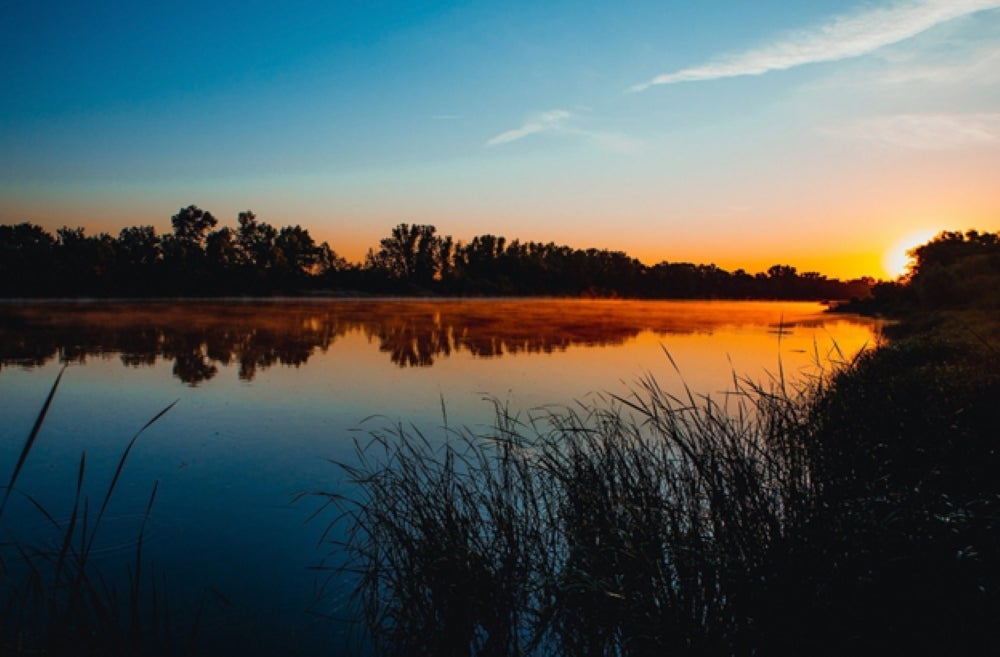May – American Wetlands Month
Published 4:07 pm Thursday, April 27, 2023
|
Getting your Trinity Audio player ready...
|
Submitted by Roosevelt Robinson
Urban Regional Extension Agent
Highly productive and biologically diverse, wetlands, or simply a wetland, is a distinct ecosystem that is saturated by water, either permanently or seasonally. Often referred to as bogs, fens, lagoons, marshes, mudflats, and swamps, wetlands are transitional lands between terrestrial and aquatic systems. With their uniquely adapted vegetation, watery (hydric) soil, and stagnant or slow-flowing hydrology, wetlands are regarded as biological supermarkets, nature’s nurseries, and the kidneys of the environment.
Once widespread, wetlands are rapidly vanishing. Often viewed as unproductive wastelands, wetlands are regularly drained, filled, and converted into agricultural and grazing land or industrial and urban areas, which diminish their quality and productivity. According to scientists, an estimated 1.3 million square miles of wetlands have been lost globally, an area about the size of Alaska, Arizona, California, Montana, New Mexico, and Texas combined. While modern legislation and regulation have significantly slowed wetland loss, the U.S. continues to lose roughly 60,000 acres annually.
Why Are Wetlands So Important?
-
- As the “kidneys of the environment”, wetlands filter and clean water. Water flow slows down when entering a wetland, allowing sediments to settle out. Pesticides and other contaminants are broken down by light and bacteria. Excessive nutrients from fertilizers, manure, municipal sewage, and urban runoff, are also absorbed by plants and microorganisms.
- Wetlands are “nature’s nurseries” that provide critical space for developing aquatic insects, birds, fish, frogs, snakes, and turtles. Abundant plant cover and shallow water make wetlands a good place to hide and forage as the rich food supply gets babies off to a good start.
- Then as “biological supermarkets,” wetlands provide an immense volume of food that attracts a diverse mix of species, creating extensive food chains, food webs, and rich biodiversity. In addition, wetlands sustain the life cycle of 75% of the fish and shellfish commercially harvested in the U.S., and up to 90% of the recreational fish catch. They also reduce the frequency and intensity of flooding as they absorb and store significant amounts of floodwater.
Learn About Wetlands
May is American Wetlands Month. With its inception in 1991, American Wetlands Month is celebrated annually to raise awareness of the vital importance of wetlands to our Nation’s ecological, economic, and social health. Looking for some inspiration on how to celebrate, here are just a few ideas you may want to try.
Locate and explore a local wetland
Find a wetland proximate to your city or town and go on a discovery. Consider taking your binoculars, camera, canoe/kayak, and rubber boots.
Speak with a professional
Reach out to experts at a local college or university, a conservation group, or pick up a relevant book. A step in the right direction towards awareness!
Take action
Look for volunteer activities to do your part for the environment.
Learn something you didn’t know about wetlands.
For example, did you know:
- Wetlands are the most biologically diverse ecosystems on the planet
- More than half of North America’s bird species nest and feed in wetlands
- Wetlands can store up to fifty times more carbon compared to rainforests
Observe the Day
Remember May is American Wetlands Month. The connection joining energy, food, and water is one of the most fundamental relationships and challenges of society. Wetlands are at the heart of this nexus. Happy American Wetlands Month!






